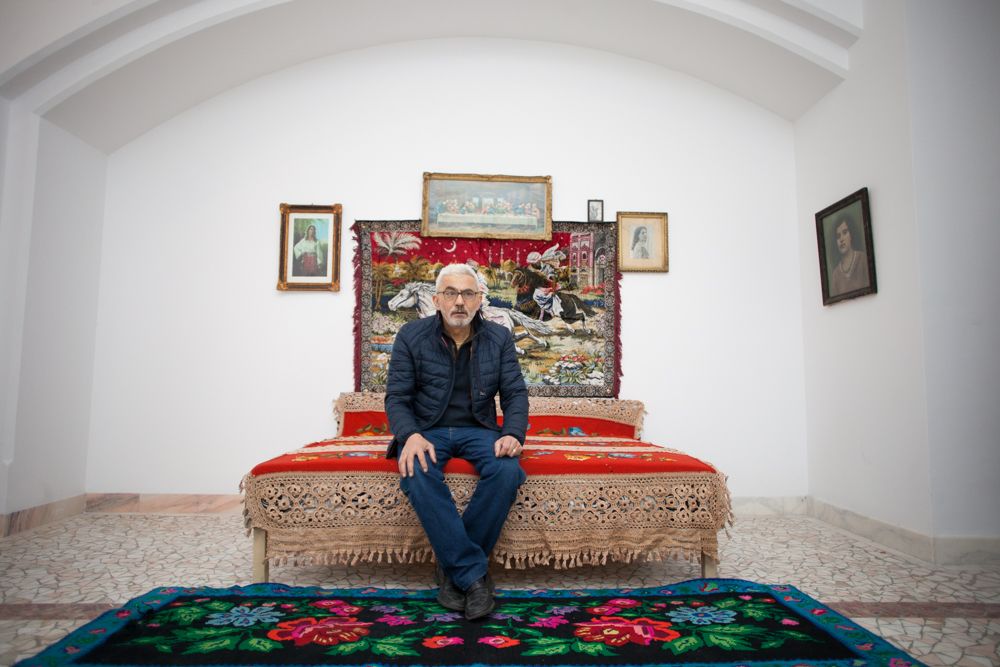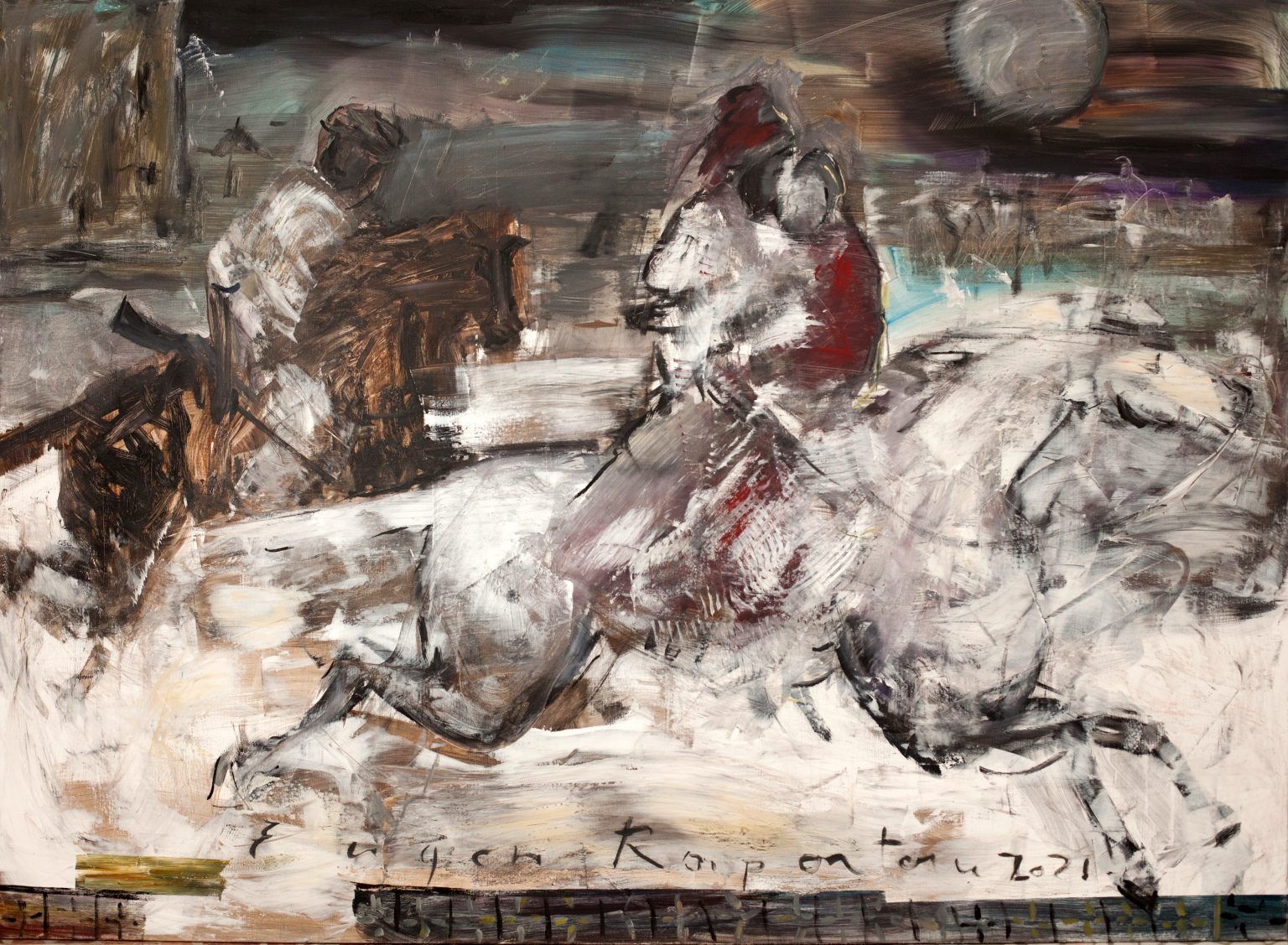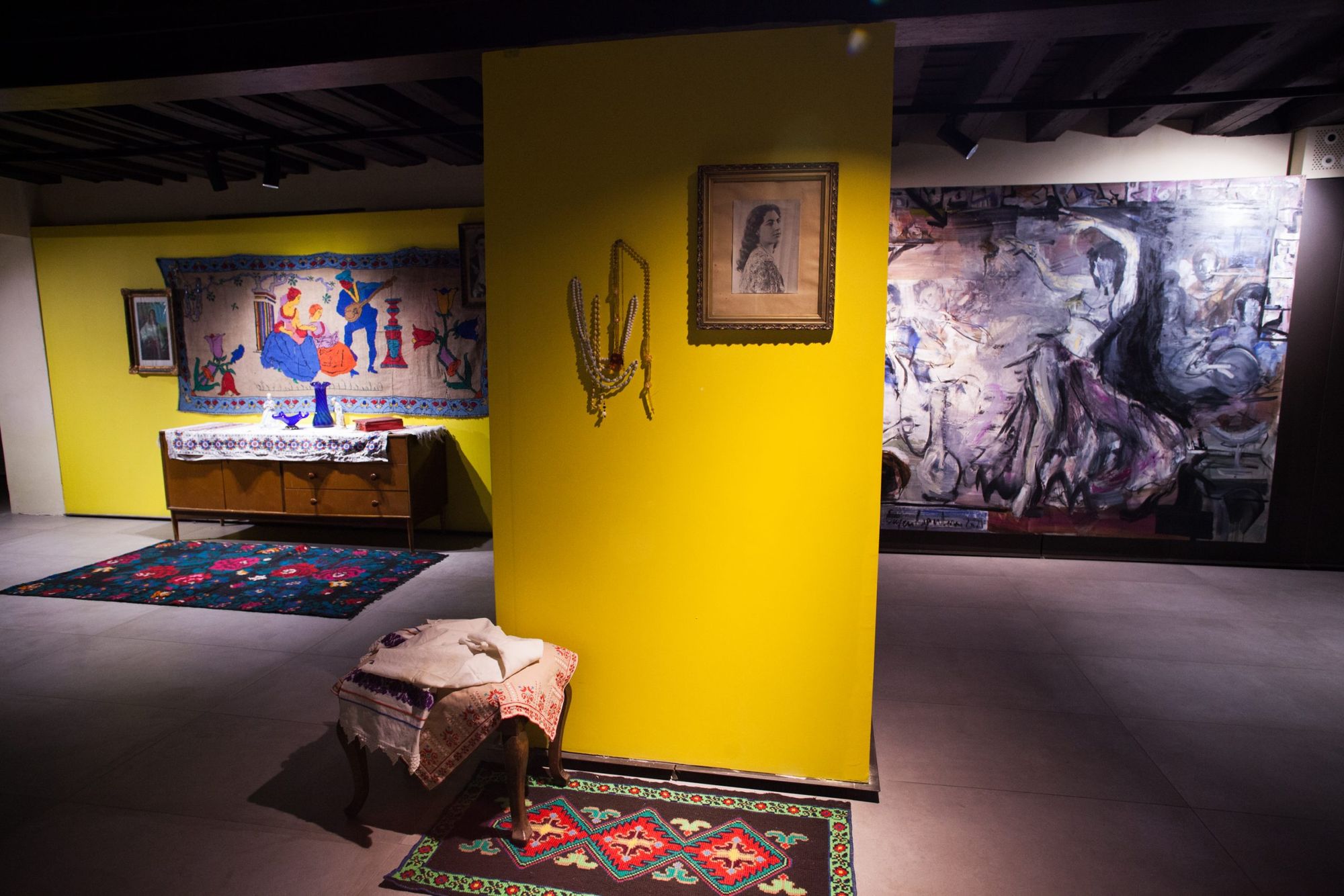There are only less than 2 weeks left until 23 April, the start of the 59th Venice Biennale. Amidst the excitement of waiting, week after week, we have set out to showcase the most exciting projects on the regional and international scene, the exhibitions, national pavilions and official collateral events that would be a shame to miss. Join us for the third part of our series to discover exciting art projects from the Eastern European region.
Tomo Savić-Gecan—Untitled (Croatian Pavilion), 2022 | Croatian Pavilion
Croatia’s presence in this year’s biennale is not only unconventional, but a hundred percent contemporary and relevant. The artist representing the country, Tomo Savić-Gecan examines the cycle of news; the way we’re informed by the media and the way they lie to us. He shows how technological powers and the corporations controlling them penetrate our lives and how our data are observed and monitored, acquired and sold for money to gain better control over us.

He does this in a way that reflects the logic of this system; daily news control it, AI processes it and it penetrates spaces that does not belong to it. Savić-Gecan’s project copies this method and penetrates other Venice pavilions and exhibition spaces discreetly, almost without notice. Without realizing or understanding what we see… until it’s too late.
“When we started working on the pavilion, everyone was convinced of its relevance, but we never could have imagined how relevant it might become in the light of the war demolishing Ukraine. As we’re all glued to the screen of our phones, trying to follow and understand the heartbreaking human aspects, we become more and more aware that a project like Savić-Gecan’s, that fundamentally questions the intertwining of control, media, people and technology, is not only necessary, but downright urgent,” curator of the Croatian Pavilion Elena Filipovic shared.

Eugen Raportoru—The Abduction from the Seraglio; Roma Women: Performative Strategies of Resistance | Official collateral event of the European Roma Institute for Arts and Culture (ERIAC)
Eugen Raportoru’s The Abduction from the Seraglio, an official collateral event of the European Roma Institute for Arts and Culture (ERIAC), is an installation project in which the coordinates of a multifaceted exhibition meet: we are transported to Eastern Europe in the 1960s, where a romanticized image of the childhood of a young Roma child (the artist, Eugen Raportoru) is revealed. Raportoru’s vision is captured in the scenes: the safe home is permeated by the figure of the mother. Throughout the exhibition, representations of Roma women themselves are questioned, through the motifs of the oriental tapestry, a popular interior element in Romania before the regime change.

Raportoru repaints the scenes depicted on the tapestry on large canvases, giving them additional meaning. Visitors will have an intimate experience during the exhibition, as they can not only interact visually with the installation space, but also become part of it: sitting among the furniture of the artist’s childhood, they can study the RomaMoMA library inserted into the exhibition.

Curator of the exhibition Ilina Schileru gave an insight into the work processes before the installation: “During the installation, we had to pick many pieces of furniture, which gave us great joy, as we ourselves (the artist and the curator) picked the pieces from antiquarian bookstores, flea markets and an abandoned apartment in Bucharest. That’s why it was so exciting, since we both love flea markets.”




“Roma Women: Performative Strategies of Resistance adds a new aspect to the presence at the biennale: through the presence and performance of Roma women artists and activists in the space imagined by the artist. Among others, videos of performances by multidisciplinary artists Mihaela Drăgan and Alina Șerban will be shown. Representations of Roma women through naïve paintings are very common, I felt the topic we came to really deserves a discussion on how society perceives, supports and positions itself in relation to the (Roma) female gaze, body and influences,” Ilina Schileru pointed out.
The exhibition consists of four separate spaces, with the song The Abduction from the Seraglio by the late Roma musician Romica Puceanu, from an album that both Eugen Raportoru and Ilina Schileru found highly inspiring when creating the concept, playing softly in the background. Visitors to the Palazzo Loredan exhibition space from Eastern Europe will be struck by a sense of familiarity as the installation evokes and recalls faded memories of the past.
Tomo Savić-Gecan’s project “Untitled (Croatian Pavilion), 2022” and Eugen Raportoru’s exhibitions “The Abduction from the Seraglio” and “Roma Women: Performative Strategies of Resistance” will be open during the 59th Venice Biennale from 23 April to 27 November 2022.
Photos: Jasenko Rasol, Ilina Schileru
Source: Designboom, E-Flux, ERIAC,
59th Venice Biennale | Web | Facebook | Instagram
Untitled (Croatian Pavilion), 2022 | Web | Facebook | Instagram
Eugen Raportoru | Web | Facebook | Instagram
ERIAC—The European Roma Institute of Arts and Culture | Web | Facebook | Instagram









